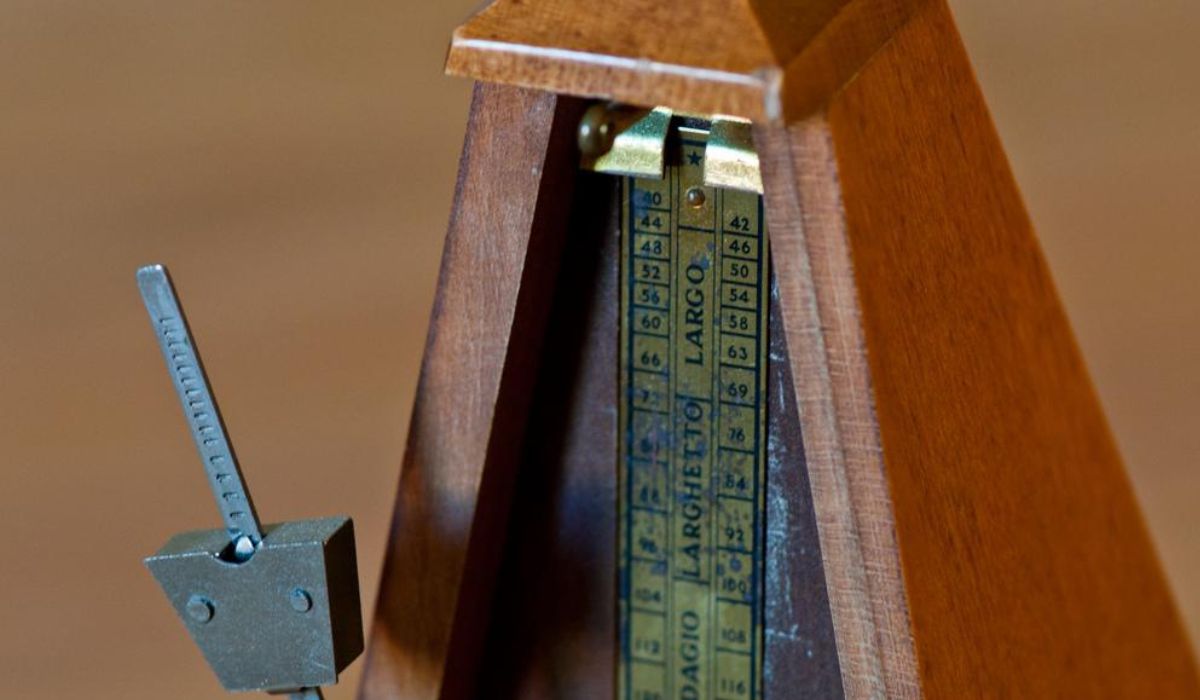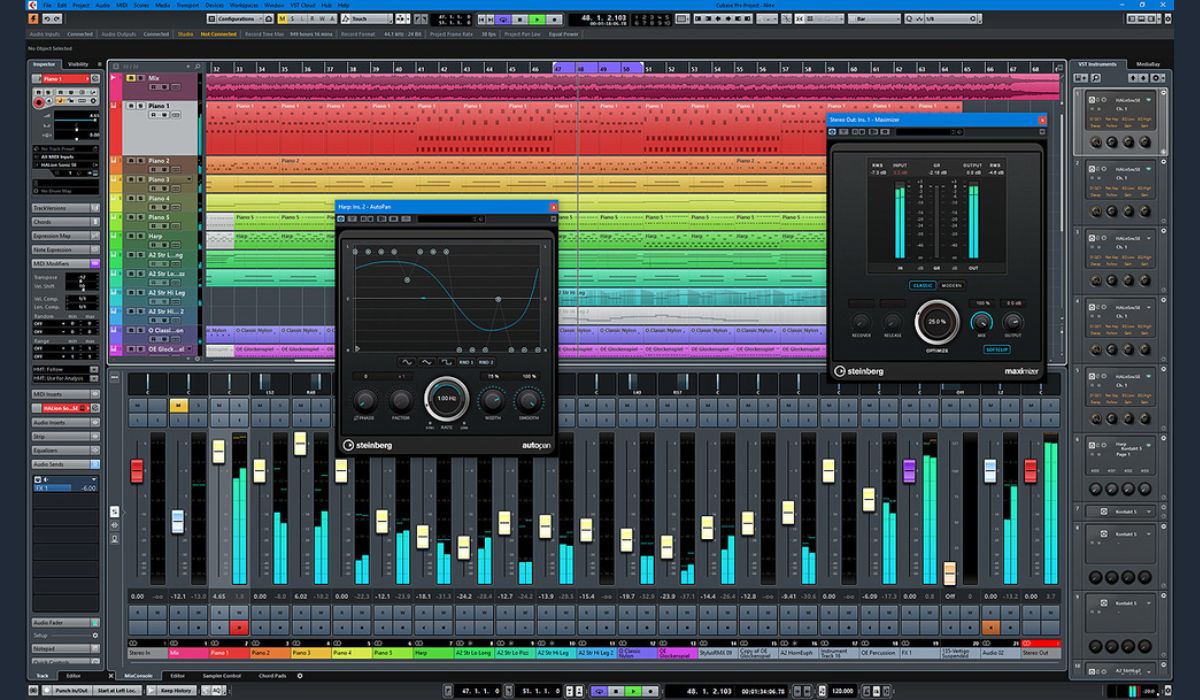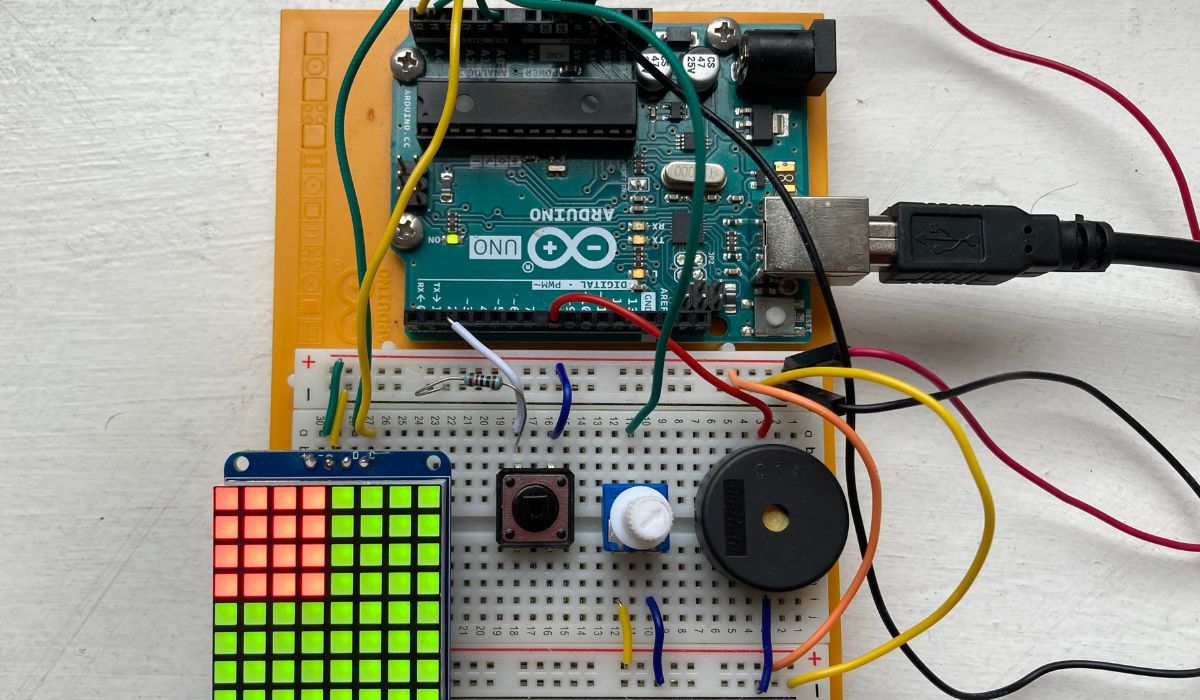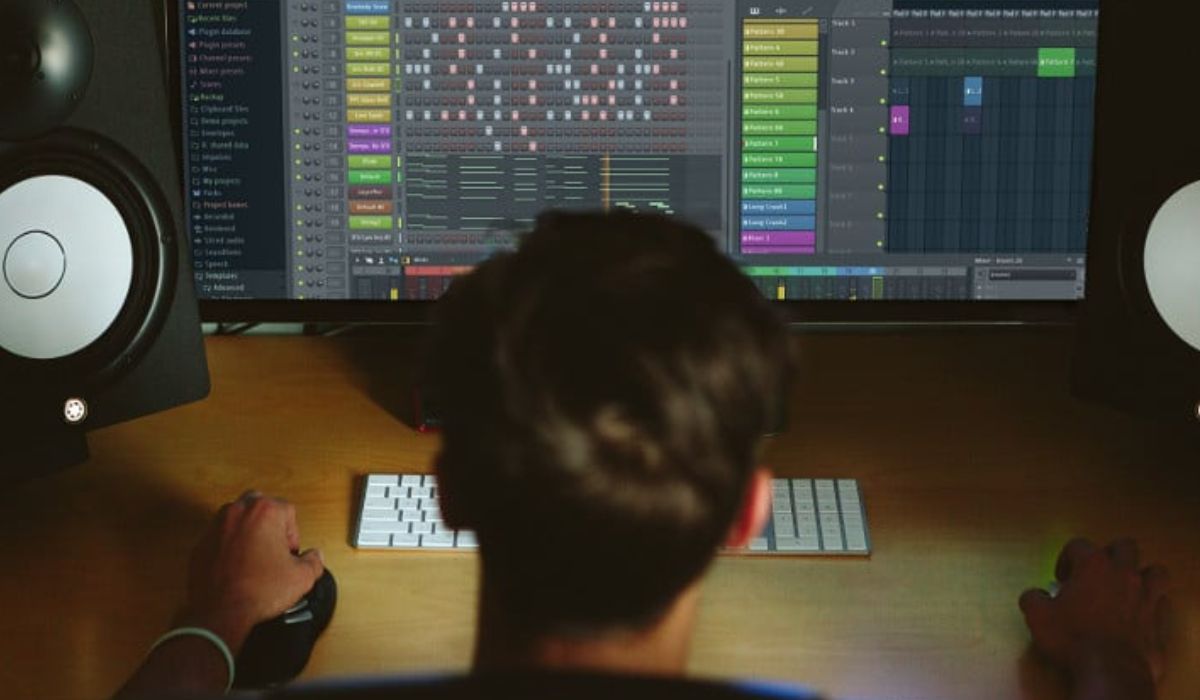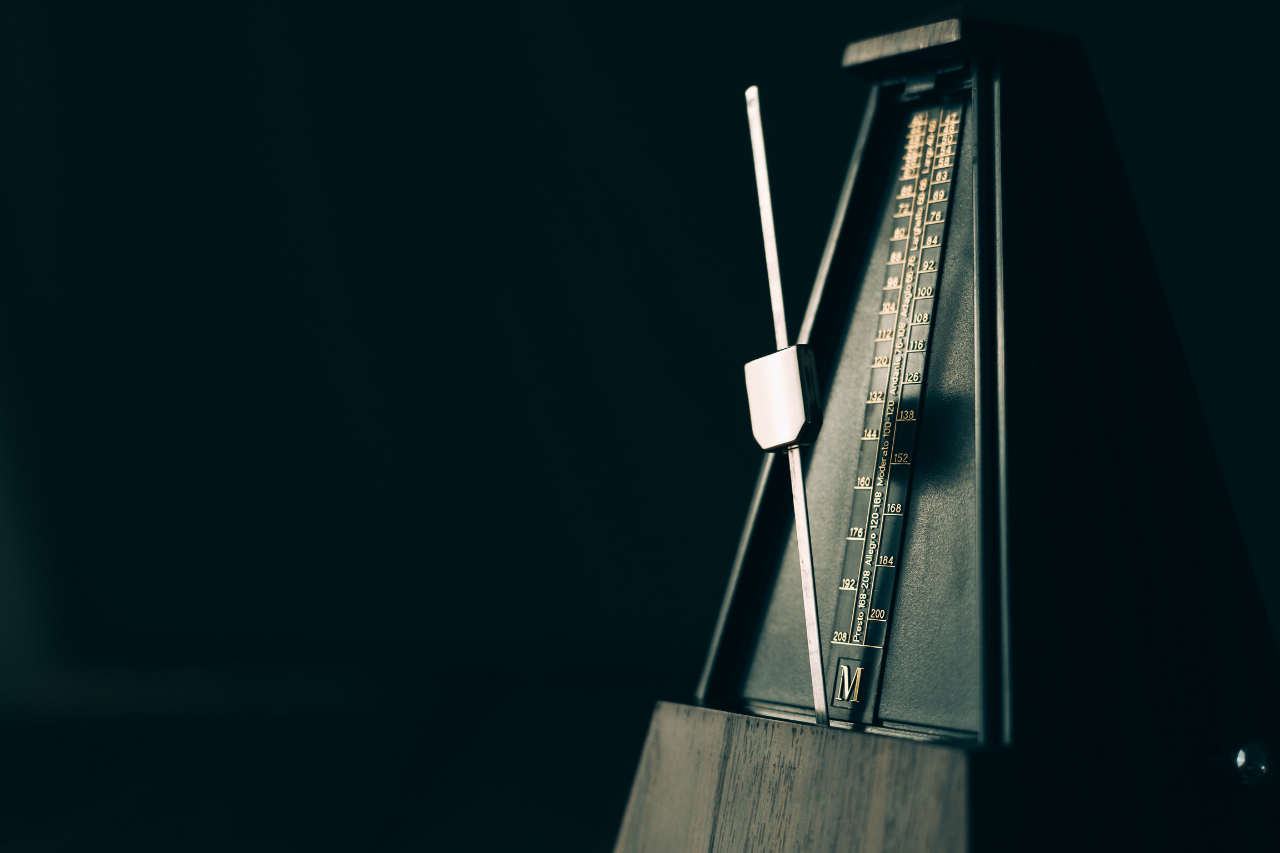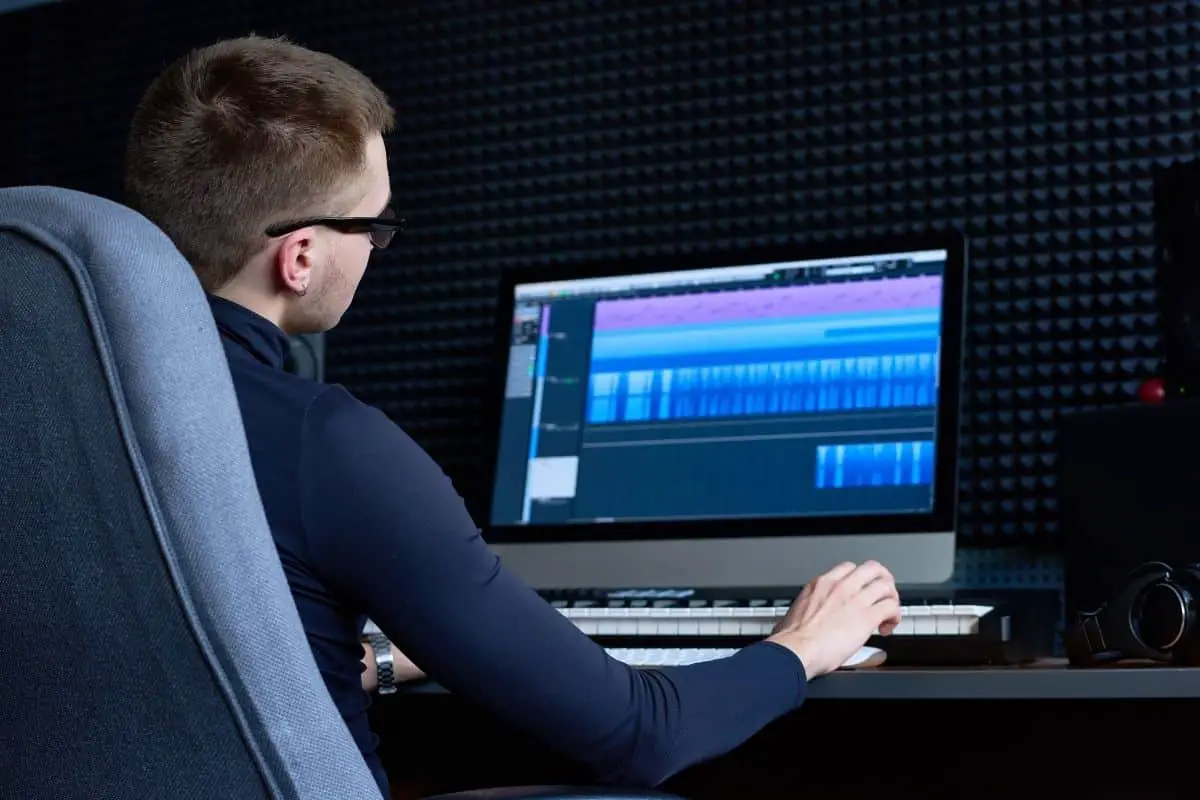Home>Production & Technology>Metronome>How To Match A Song To Metronome
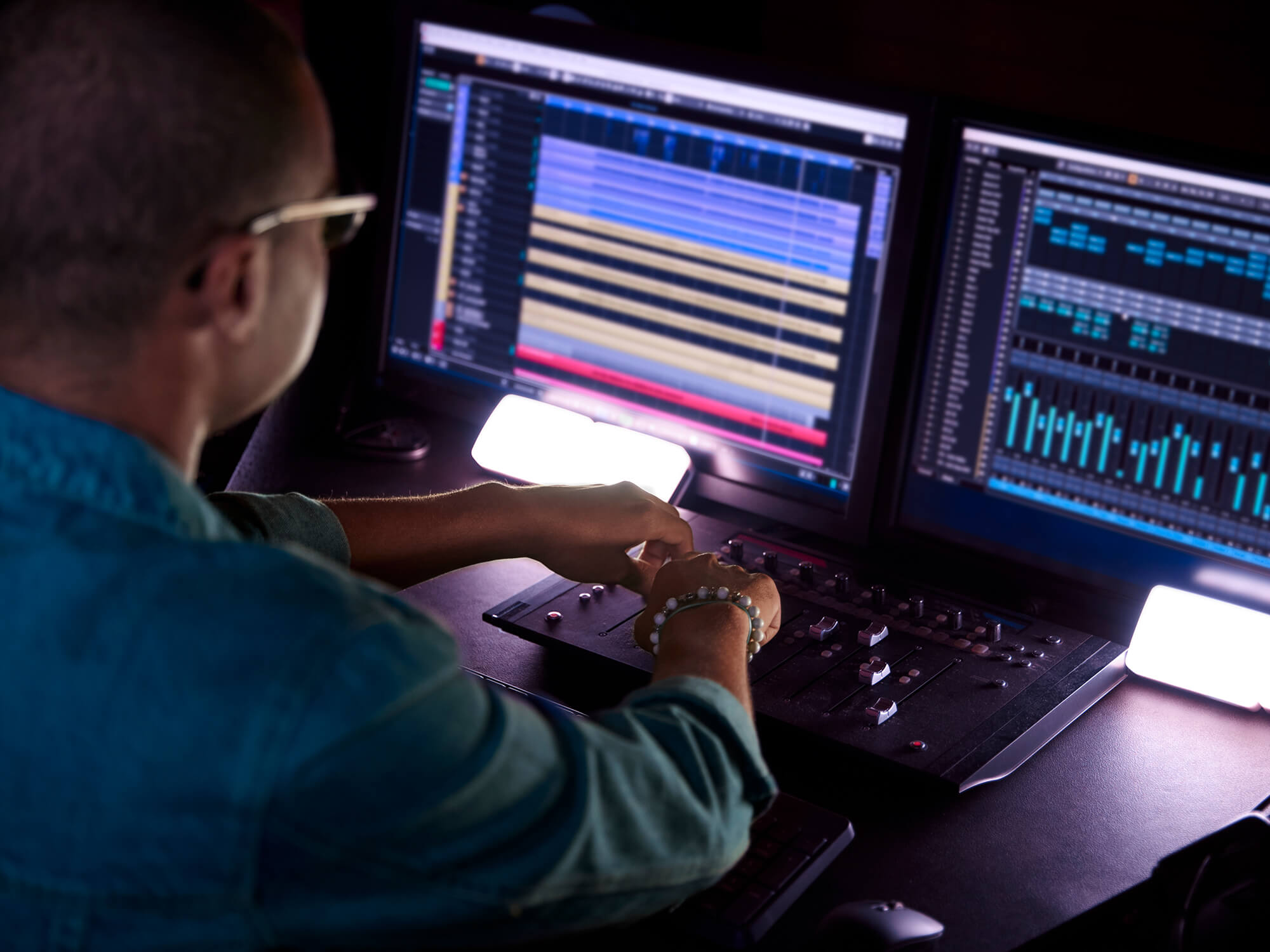

Metronome
How To Match A Song To Metronome
Modified: January 22, 2024
Discover the perfect tempo with our step-by-step guide on how to match a song to a metronome. Improve your timing and master the rhythm with ease.
(Many of the links in this article redirect to a specific reviewed product. Your purchase of these products through affiliate links helps to generate commission for AudioLover.com, at no extra cost. Learn more)
Table of Contents
Introduction
Matching a song to a metronome is an essential skill for musicians of all levels. Whether you’re a beginner learning your first piece or an experienced performer trying to perfect a complex composition, utilizing a metronome can greatly improve your timing, rhythm, and overall musicality.
A metronome is a device that produces regular beats or clicks at a specific tempo. It acts as a constant guide, helping musicians maintain a consistent tempo throughout a song. By practicing with a metronome, you can develop a strong sense of timing and improve your ability to play in sync with other musicians.
In this article, we will explore the process of matching a song to a metronome, step by step. We will discuss the importance of understanding tempo, selecting the right metronome, analyzing the song’s tempo, adjusting the metronome settings, syncing the song with the metronome, and the benefits of practicing with this invaluable tool.
Whether you play the guitar, piano, drums, or any other instrument, understanding how to use a metronome effectively can transform your playing and elevate your musical performance to new heights.
Understanding Tempo and Metronomes
Before diving into the process of matching a song to a metronome, it’s important to have a solid understanding of tempo and how metronomes work.
Tempo refers to the speed or pace at which a piece of music is played. It is typically measured in beats per minute (BPM). A slower tempo indicates a leisurely pace, while a faster tempo suggests a more energetic and upbeat feel. The tempo of a song is a crucial aspect that sets the overall mood and character of the music.
A metronome is a tool that musicians use to keep time and maintain a steady tempo. It produces a consistent and audible click or beep at a designated BPM. The metronome acts as a reliable reference point, allowing musicians to play in perfect time and synchronize their performance.
Metronomes come in various forms, including physical devices, smartphone applications, and software plugins. They offer flexibility in terms of customization, enabling musicians to adjust the tempo, time signature, and volume according to their specific needs.
Using a metronome not only helps with keeping a steady tempo but also improves essential musical skills such as rhythm, timing, and precision. It can also enhance your ability to play in sync with other musicians, making ensemble performances smoother and more captivating.
By developing a strong sense of tempo using a metronome, you will train your internal clock as a musician. This skill will greatly benefit you during live performances, rehearsals, and recording sessions, where maintaining a consistent tempo is crucial for the overall quality of the music.
In the next section, we will explore how to choose the right metronome that suits your needs and preferences.
Choosing the Right Metronome
When it comes to choosing the right metronome, there are a few factors to consider to ensure it meets your specific requirements. Here are some considerations to keep in mind:
- Type of Metronome: Decide whether you prefer a physical metronome, a smartphone app, or a software plugin. Physical metronomes offer a tactile experience, while digital options provide convenience and customization options.
- Features and Functionality: Look for metronomes that offer adjustable tempo settings, different time signatures, and the ability to accentuate specific beats. Additionally, consider if you want features like preset rhythms or the ability to save custom settings.
- Sound Options: Consider the type and quality of the sound produced by the metronome. Some metronomes offer a traditional click sound, while others provide different sounds like woodblocks, bells, or drum patterns.
- Visual Display: Check if the metronome has a visual display that complements the audio cues. It can be helpful to have a clear visual representation of the beats and subdivisions, especially for musicians who prefer visual cues over audio cues.
- User-Friendly Interface: Ensure that the metronome you choose has an intuitive and easy-to-use interface. You want to be able to navigate through the settings and make adjustments without any hassle.
- Portability: If you plan to practice or perform on the go, consider the size, weight, and portability of the metronome. Some options are compact and designed for easy transportation.
- Budget: Set a budget for yourself and explore metronome options that fit within that range. Keep in mind that there are both affordable and more expensive options available, each with different features and qualities.
By considering these factors, you can find a metronome that suits your preferences and enhances your practice routine. Experiment with different metronomes to find the one that feels comfortable and easy to work with.
Now that you have an idea of what to look for in a metronome, let’s move on to analyzing the tempo of the song you want to match with the metronome.
Analyzing the Song’s Tempo
Before you can accurately match a song to a metronome, you need to analyze the tempo of the song. This involves determining the beats per minute (BPM) at which the song is meant to be played.
There are several methods you can use to analyze the tempo of a song:
- Listen and Feel: The most intuitive way to analyze tempo is to listen to the song and feel the rhythm. Pay attention to the speed and energy of the music. Is it fast and driving, or slow and relaxed?
- Tap or Count: Another effective method is to tap or count along with the music. Use a metronome or your own sense of timing to tap or count the beats per minute. You can do this manually or use a metronome app that detects the tempo of the song as you tap along.
- Beat Detection Software: If you’re working with a digital audio file, you can use beat detection software or online tools to analyze the tempo automatically. These tools can identify the BPM of the song accurately.
- Sheet Music: If you have access to sheet music for the song, it may indicate the tempo in the form of a metronome marking. Look for terms such as “Allegro” (fast), “Andante” (medium), or “Largo” (slow), which provide a general indication of the tempo.
It’s important to note that some songs may have fluctuating tempos or subtle tempo changes throughout. In these cases, you can analyze the average tempo or determine the tempo for specific sections of the song.
Once you have determined the BPM of the song, you can proceed to adjust the metronome settings to match the tempo.
In the next section, we will explore the process of adjusting the metronome settings for optimal synchronization with the song.
Adjusting the Metronome Settings
After analyzing the tempo of the song, the next step is to adjust the metronome settings to match the tempo accurately. Most metronomes provide easy customization options to set the desired BPM and other parameters. Here’s how you can adjust the metronome settings:
- BPM: Set the metronome to the BPM determined during the tempo analysis. Some metronomes have a dial or buttons to adjust the tempo, while others allow you to input the BPM manually using a keypad.
- Time Signature: Determine the time signature of the song, which indicates the number of beats in each measure and the type of note that receives one beat. Common time signatures include 4/4, 3/4, and 6/8. Set the metronome to the appropriate time signature to ensure the beats align with the song’s structure.
- Accentuation: If the song emphasizes certain beats or has accents, you can adjust the metronome to accentuate those beats. This feature helps you focus on the rhythmic nuances of the song and ensures the metronome clicks align with the accents in the music.
- Visual Display: Some metronomes come with visual displays that provide additional visual cues. Adjust the visual display, if available, to match your preferences and enhance your synchronization with the metronome.
- Sound Options: Explore the sound options available in your metronome. Experiment with different click sounds or tones to find one that complements the style and mood of the song you are matching.
Take your time to fine-tune the metronome settings until they align with the tempo and feel of the song. It may require some trial and error to find the perfect combination of settings that suits your musical preferences.
Once you have adjusted the metronome settings, you’re ready to synchronize the song with the metronome, ensuring that you maintain a consistent tempo throughout your performance or practice session.
In the next section, we will dive into the process of syncing the song with the metronome for a seamless experience.
Syncing the Song with the Metronome
Syncing the song with the metronome involves coordinating your playing or singing with the clicks or beats produced by the metronome. This process ensures that you stay in time and maintain a consistent tempo throughout the song. Here’s how you can effectively sync the song with the metronome:
- Start Slow: Begin by setting the metronome to a slower tempo than the actual BPM of the song. This allows you to comfortably get into the groove and establish a solid foundation of timing. As you become more comfortable, gradually increase the tempo to match the desired BPM.
- Count or Subdivide: Use counting or subdivision techniques to align your playing with the metronome clicks. Depending on the time signature of the song, count the beats or subdivide them into smaller rhythmic units. This helps to internalize the timing and ensures that you stay in sync with the metronome.
- Listen for the Clicks: Pay close attention to the clicks produced by the metronome while playing or singing the song. Use the clicks as a guide to stay on beat and maintain a consistent tempo. It’s important to develop a strong awareness of the metronome clicks and how they relate to your performance.
- Focus on Transitions: Particularly pay attention to any tempo changes or transitions in the song. Anticipate these changes and adjust to the new tempo while staying in sync with the metronome. This will help you smoothly navigate through different sections of the song without losing track of the timing.
- Practice with Different Metronome Settings: Once you are comfortable syncing the song with the metronome at a steady tempo, challenge yourself by experimenting with different metronome settings. This includes changing the time signature, accentuation, or even practicing with complex rhythmic patterns. This will strengthen your sense of time and make you more adaptable to different musical scenarios.
Remember, syncing with the metronome requires focus and concentration. It may take time and practice to develop a natural feel for playing or singing in sync with the metronome. Be patient with yourself and allow room for improvement as you continue to refine your timing skills.
In the next section, we will discuss the benefits of practicing with a metronome and how it can enhance your musical abilities.
Practicing with the Metronome
Using a metronome while practicing is an effective way to improve your musical skills and enhance your overall performance. Here are some benefits of incorporating the metronome into your practice routine:
- Developing Timing and Rhythm: Practicing with a metronome helps you develop a solid sense of timing and rhythm. By aligning your playing or singing with the consistent clicks or beats, you train your internal timing and become more precise in your performance.
- Building Speed and Endurance: Gradually increasing the tempo with the metronome allows you to build speed and endurance. By pushing yourself to play or sing at faster speeds, you enhance your technical abilities and strengthen your stamina.
- Improving Accuracy: The metronome acts as a precise and unforgiving guide. It highlights any inconsistencies or errors in your timing. By practicing with the metronome, you can identify and correct any rhythmical inaccuracies, ensuring a more accurate and polished performance.
- Enhancing Coordination: Playing or singing in sync with the metronome requires coordination between your mind, body, and instrument. It improves your ability to coordinate different elements of your performance, such as finger movement, breath control, or limb coordination.
- Preparing for Ensemble Playing: When you practice with a metronome, you develop the crucial skill of playing in sync with other musicians. This prepares you for ensemble playing, where maintaining a consistent tempo and staying in sync with the group is paramount.
- Unlocking Musical Creativity: While the metronome provides a steady guide, it also allows for creative exploration. You can experiment with different rhythmic variations or improvisations within the framework of the metronome beats. This helps you unlock your musical creativity while staying grounded in a solid rhythmic foundation.
Incorporate the metronome into your daily practice routine to reap the benefits it offers. Start with simple exercises and gradually apply its use to more complex pieces or songs. Over time, you will notice a significant improvement in your timing, rhythm, and overall musicality.
Now that you understand the importance of practicing with a metronome, let’s conclude our discussion.
Conclusion
Matching a song to a metronome is a valuable skill that every musician should develop. By understanding tempo and utilizing a metronome effectively, you can enhance your timing, rhythm, and overall musical abilities.
In this article, we explored the process of matching a song to a metronome step by step. We began by understanding tempo and metronomes, discussing the significance of maintaining a steady tempo and how metronomes act as reliable guides for musicians.
We then delved into choosing the right metronome, considering factors such as type, features, sound options, and portability. Selecting a metronome that suits your preferences and needs is crucial for a seamless practice experience.
Next, we emphasized the importance of analyzing the tempo of the song you want to match with the metronome. Whether through listening, tapping, or using beat detection software, determining the correct BPM sets the foundation for synchronization.
We then discussed adjusting the metronome settings to match the tempo accurately. Customizing the BPM, time signature, accentuation, and visual display ensures precise alignment with the song and helps you develop a strong internal sense of timing.
The section on syncing the song with the metronome guided you through the process of coordinating your performance with the clicks or beats produced by the metronome. Counting, listening, and focusing on transitions are key techniques for staying in time and maintaining consistent tempo.
Finally, we explored the benefits of practicing with a metronome, including the development of timing and rhythm, improved accuracy, coordination, and preparation for ensemble playing. The metronome not only enhances your technical skills but also ignites your musical creativity within a structured framework.
By incorporating the use of a metronome into your practice routine, you can elevate your musicality, gain confidence, and deliver captivating performances. So, embrace the metronome as your musical companion, and let the steady clicks guide you towards becoming a more precise and polished musician.

